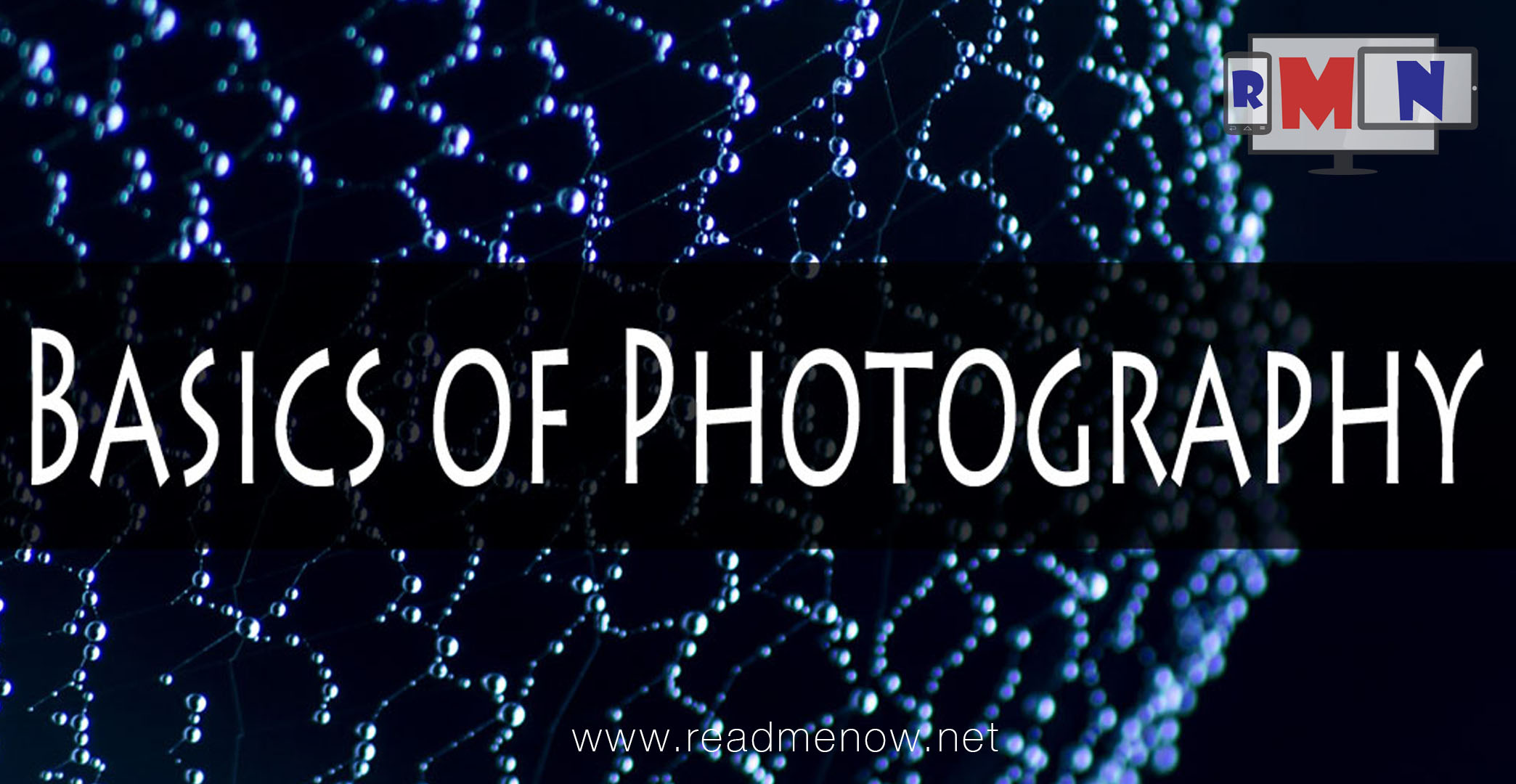Have you ever been scared of using the Manual Mode (M) on your camera? Wondered how only the subject is in focus with the background blurred? Fear not, this page will act as a quick guide about the basics of photography. This post will focus on exposure controls and settings.
Basics of Photography – Exposure Controls
The image sensor in a modern DSLR is like the film of a film camera. The light entering through the lens, which falls on the sensor is what creates the photograph. The amount of light which touches the sensor can be controlled by three parameters, namely
- Shutter Speed
- Aperture
- ISO value
These controls can be manually adjusted in all DSLRs and some Point & Shoot cameras.
Shutter Speed
Shutter speed is the amount of time the sensor is exposed to light. In addition to its effect on exposure, shutter speed effects the way motion or movement appears in the photograph. Fast shutter speeds tend to ‘freeze’ the subject as used for sports photography. Slow shutter speeds can be used to intentionally blur the subject and is used to obtain a smooth milky effect of flowing water.
No one can hold a camera perfectly still without the use of a tripod or some support. Even the slightest movement of your hand can sometimes mess up a good photograph when shooting at slow shutter speeds. A general rule of the thumb is to use a shutter speed closest to the focal length of the lens, for eg. 1/200 sec for a focal length of 200mm.
Aperture
The aperture of the lens is like the pupil of the human eye. It limits the amount of light reaching the sensor. The aperture value is commonly known as f-number (f/1.8, f/4, etc). Have you ever wondered how in some photographs only the subject is in sharp focus with everything else blurred? This is due to the aperture size affecting the depth of field (DoF).
Always remember that wider the aperture, smaller is the f-number. Small f-numbers will allow more light to enter the sensor. Larger f-numbers will allow objects at a wide range of distance be in focus all at the same time. The aperture mechanism is the function of the lens.
ISO
The ISO is the sensor’s sensitivity to light. By increasing the ISO, you can increase the shutter speed and/or reduce aperture (increase f-number) and still get the correct exposure of the subject. The standard ISO in most cameras is 100 with some cameras having the option of ISO 50.
The shutter speed and aperture were kept the same in the above set of photos. One drawback of using high ISO is the noise (or grain) it introduces in photos. The amount of noise at a particular ISO level depends on the camera model.
The correct exposure can be obtained by using a combination of these controls depending on the situation. Night or low light conditions usually require a high ISO, low f-number and a reasonably slow shutter speed. Landscape photography usually requires a high f-number and a slow shutter speed (if you want a smooth flow of any water body).
So that was the basics of photography, if you have any questions or suggestions please do not hesitate to contact me through the comments section and I will be happy to reply.











